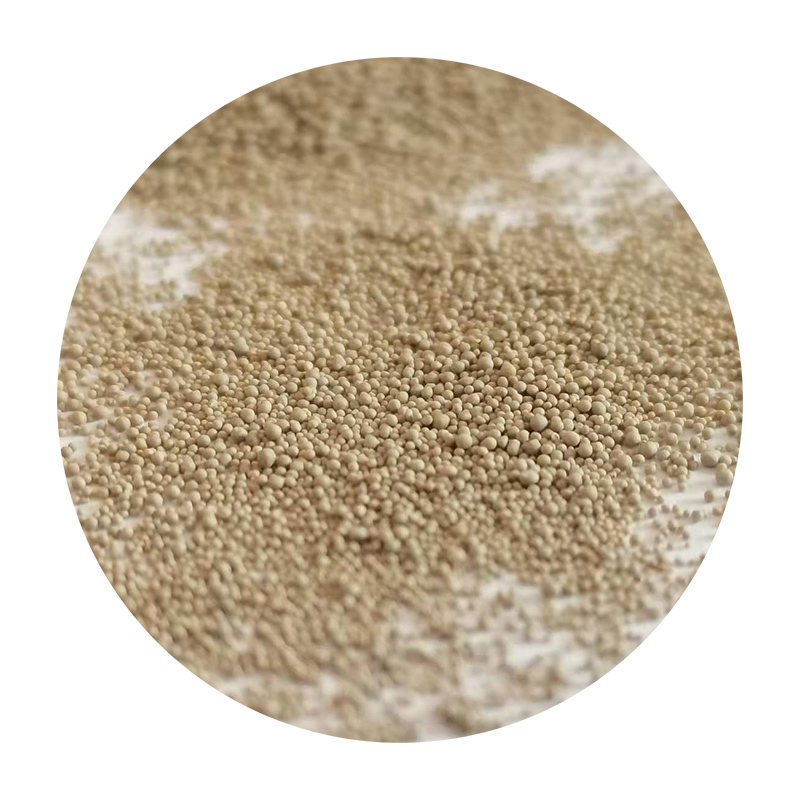3D Printing a Sanding Block Innovation in DIY Tools
In the realm of DIY projects, making your own tools can be both satisfying and practical. One such tool is the sanding block. While traditionally made from wood or solid plastic, the rise of 3D printing technology has opened up new avenues for creating customized sanding blocks. This article will delve into the benefits, designs, and processes involved in 3D printing your very own sanding block.
The Advantages of 3D Printing a Sanding Block
The primary advantage of utilizing 3D printing for creating a sanding block is customization. Standard sanding blocks have fixed sizes and shapes which may not suit every project. With 3D printing, you can design a block that fits perfectly in your hand or is tailored to the specific contours of the surface you’re working on.
Furthermore, 3D printing allows for the exploration of different materials. While traditional sanding blocks are limited to wood or rubber, 3D printing can employ various filaments such as PLA, ABS, or even specialty materials designed for increased durability and flexibility. This can enhance the overall performance of the sanding block, allowing for more efficient sanding and a better finish.
Another significant benefit is the ability to iterate designs rapidly. If your first 3D printed block doesn’t work as well as expected, you can easily modify the design and print a new one. This iterative process encourages experimentation and innovation, leading to better outcomes and a more effective tool.
Designing Your 3D Sanding Block
Creating a sanding block using 3D printing begins with design. Software programs like TinkerCAD, Fusion 360, and Blender make it easy for users to create their own designs, even with limited experience. When designing your sanding block, consider the following factors
1. Ergonomics The shape of your sanding block should fit comfortably in your hand. A well-designed handle can reduce fatigue and increase control during sanding.
sanding block 3d print

2. Size Tailor the dimensions of the block to fit the materials you’ll typically work with. If you tend to sand larger pieces, a bigger block may be beneficial, while intricate work may call for a smaller, more maneuverable design.
3. Sandpaper Attachment Plan how you will attach sandpaper to the block. Many designs incorporate clips, grooves, or even magnetic surfaces to securely hold the sandpaper in place.
4. Ventilation and Design Features Consider including holes or grooves in your design to allow dust to escape while sanding, enhancing efficiency.
The 3D Printing Process
Once you've completed your design, it’s time to bring it to life through 3D printing. Prepare your printer and select suitable filament. Depending on the complexity and size of your sanding block, print times can vary, ranging from a couple of hours to a full day.
Post-printing, you may need to clean up the surface or remove supports depending on the design features incorporated. Sand down any rough edges to ensure a comfortable grip, and if necessary, apply a layer of finish to improve durability.
Conclusion
3D printing a sanding block is an innovative approach to enhancing your DIY toolkit. By leveraging the customization, material options, and iterative design process offered by 3D printing, you can create a sanding block that perfectly fits your needs. Embracing this technology not only amplifies your crafting capabilities but also introduces an element of creativity and personal touch to your projects. Whether you are a seasoned woodworker or a casual crafter, a 3D printed sanding block can make your work more efficient and enjoyable. So why not give it a try and introduce this modern approach to your DIY crafting?
Post time:Ago . 09, 2024 04:20
Next:Exploring the Potential of Hydro Super Sand for Sustainable Construction and Environmental Benefits
